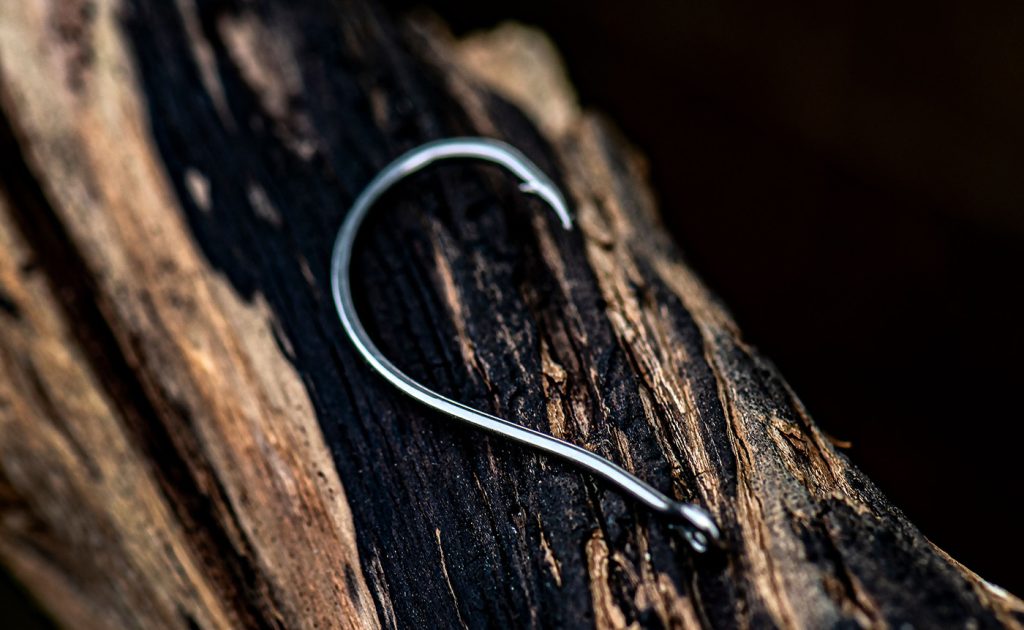
We’ve added a few new sizes to our SA 250 Shrimp hooks. The SA 250 maybe be called “Shrimp” and it’s designed specifically for that and it is indeed excellent for tying shrimps, more on that below. t’s one of those hooks that has a name that does imply a very specific usage, but is really more versatile than that.

The SA 250 Shrimp is similar to the NS 150 Curved Shrimp, but with a slightly optimised bend and point for the bigger, stronger fish found in the tropical, harsh salt water environments the hook is made for. Contrary to the NS 150, the SA 250 is finished with our A-Steel coating. The hook features a wide gap and a fairly short, but very strong hook point. The bend and the point are optimised to ensure that the hook penetrates at a straight angle when the direction of pull from the leader is taken into account. The bent-up forward part of the hook shank gives a slightly upwards pull from the leader, which helps greatly to keep shrimp flies the right way up. They are often tied with a shell back and legs below, which easily causes the fly to turn upside down. That very rarely happens with the SA 250 (and NS 150). The fairly heavy wire on both of them eliminates the need for additional weight when tying shrimp flies.
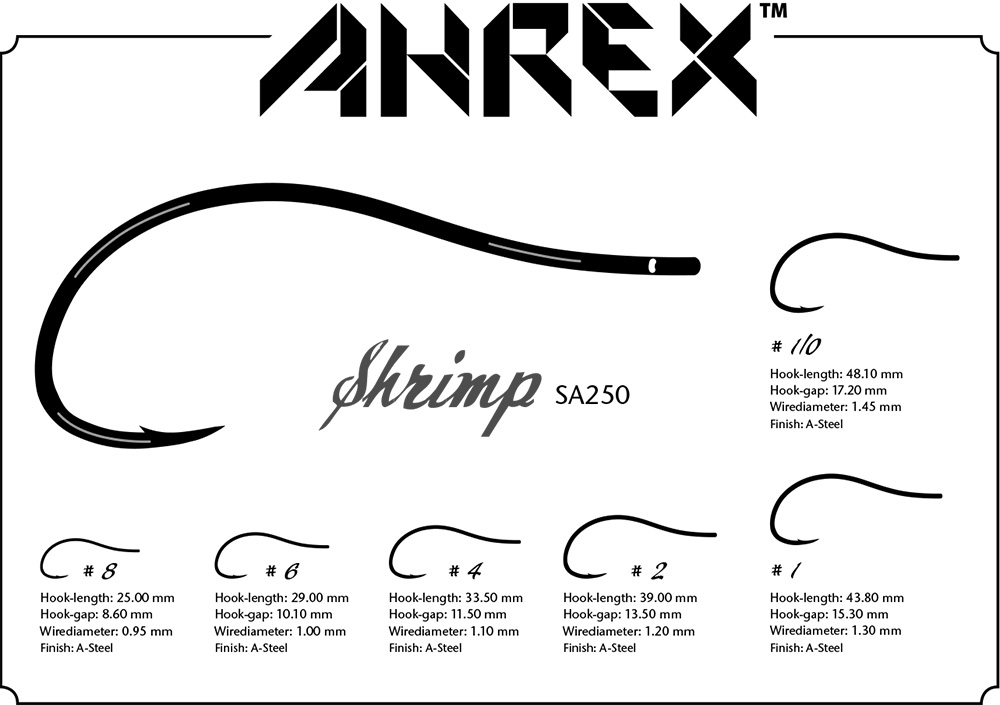
It doesn’t take a rocket scientist to look at the hook in the vise, turn it upside down, keep the tying on what is normally the underside of the hook and creating a fly that’ll fish hook point up. The flies tied in this style are many bait fish imitations and one of the first to send us flies tied like this, was Bob Clouser. It didn’t take him long to recognise this and tie Clouser Minnows that fish hook point up even more effectively that when tied on straight shank hooks. It was on his suggestion that we added two sizes to the range, the # 1 and # 1/0.
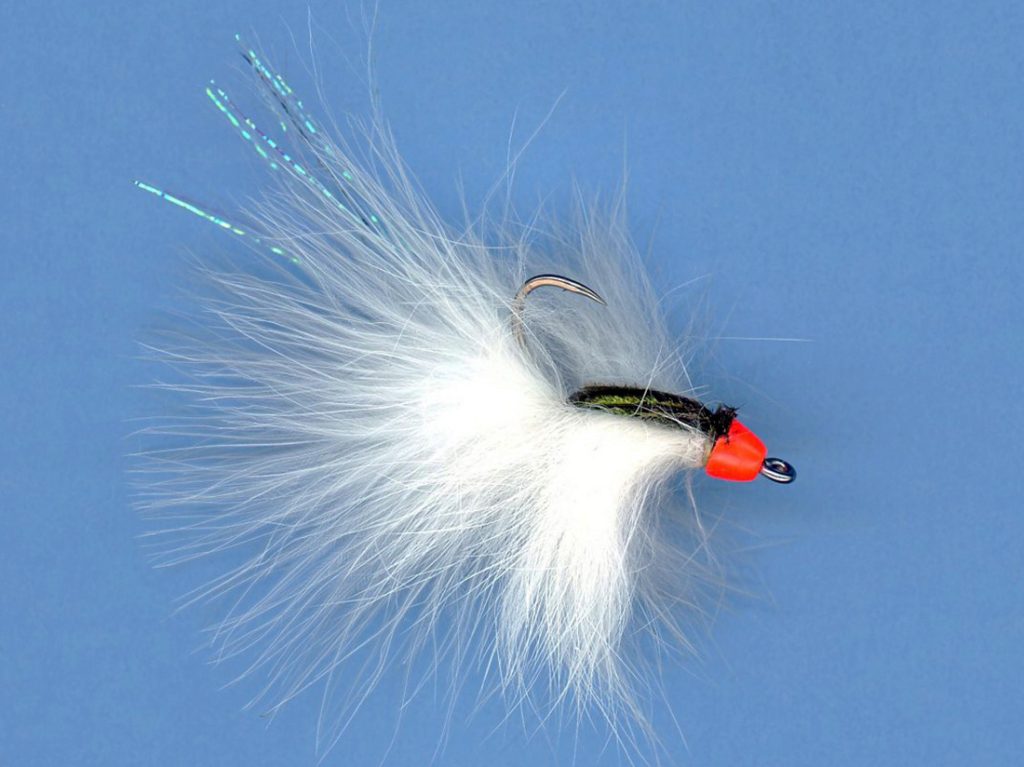
Clousers Bright Head Leech – tied by Bob Clouser.
I don’t know if tropical predatory fish feed on some giant shrimp, but the new, larger sizes we added to the range probably won’t be used much for shrimp flies. Although, even in cold Scandinavia, strip can grow to quite significant size. No, these will probably mainly be used for bend back bait fish flies, like the Clouser Minnow.
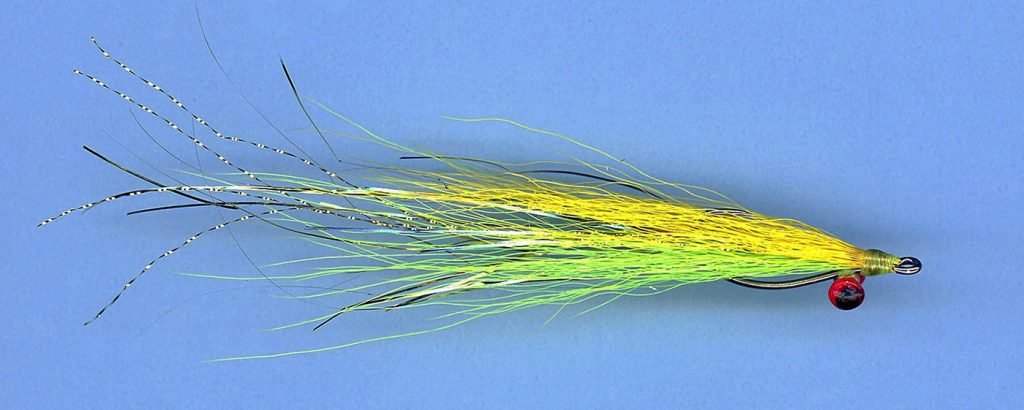
Clouser 250 Bend Back – tied by Bob Clouser.
We did of course last week announce the addition of the SA 258 CA Bendback. But what’s the big difference, then? It’s not big, really. The SA 258 CA is made with a slightly heavier wire than the SA 250 and the forward part of the shank is straight, rather than the slightly more curved forward section of the SA 250. And of course a larger hook eye.
Shrimps are a staple food item for most predatory fish and they’re abundant right now. So if you need the salt water resistance, the SA 250 the hook to use. Even if you need imitations of really, really big shrimps.
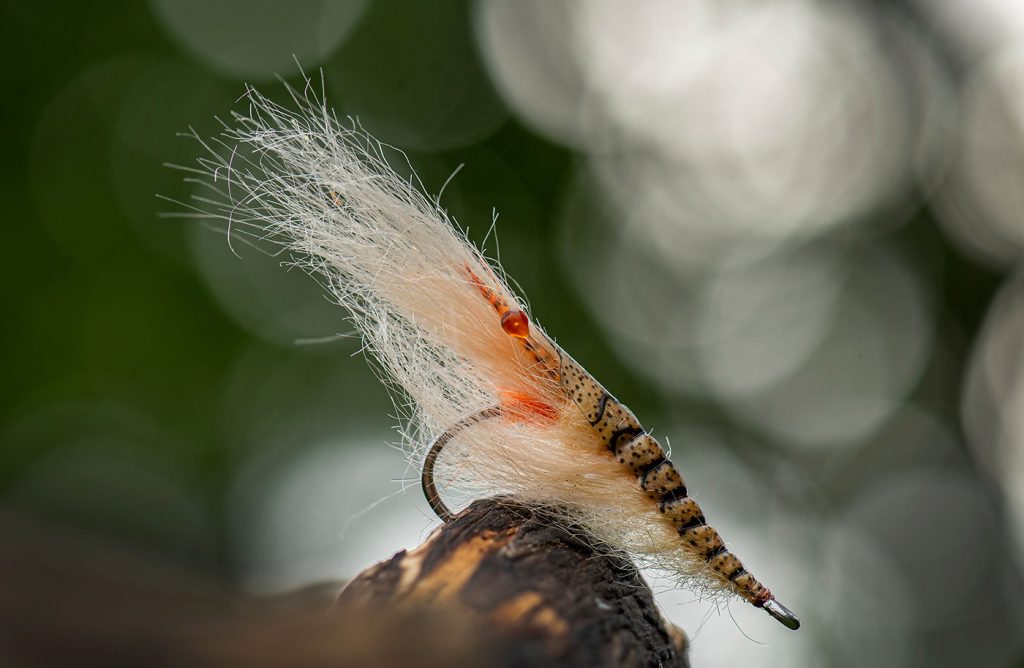
This beautiful fly by Jan de Haas is one of those that could easily turn upside down tied on other hooks. It fishes perfectly when tied on the SA 250.

Although the hook helps greatly in keeping shrimp flies swimming correctly, adding a foam back ensures that they never turn over. That’s really not the point of this fly, though. There’s not nearly enough foam to float the fly. It’s there to slow the sink rate, creating nearly a hovering fly.
